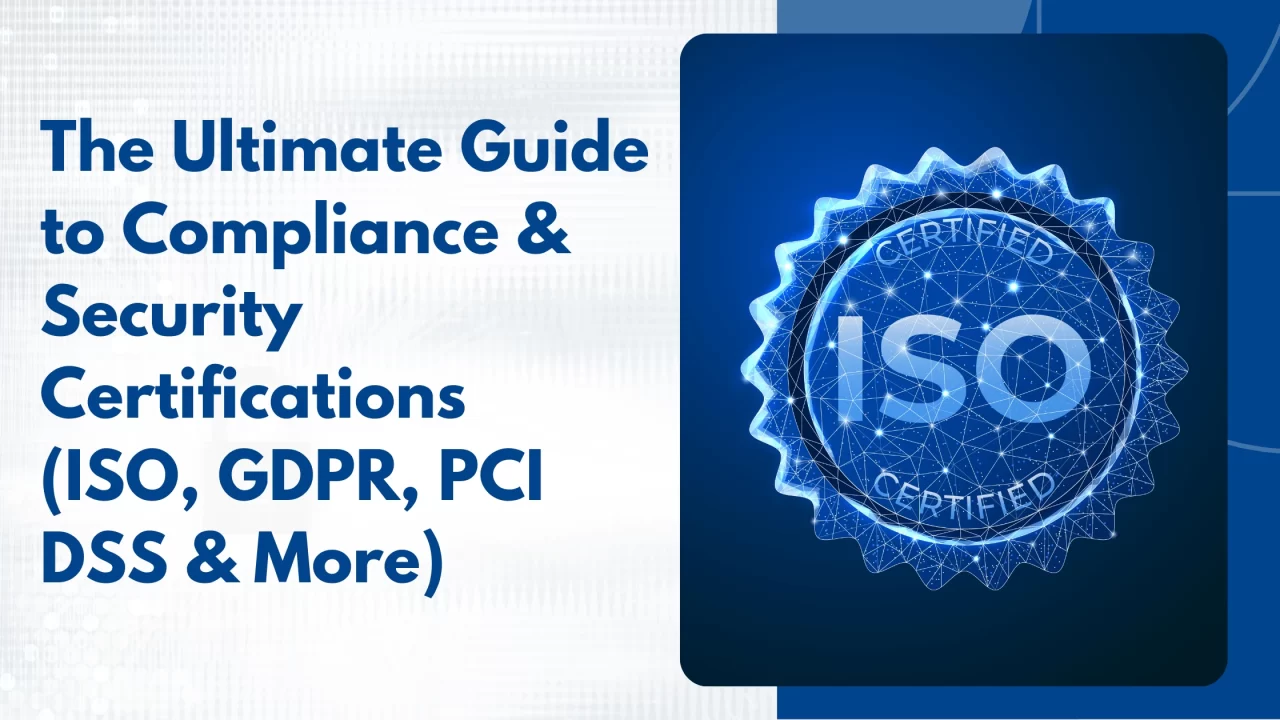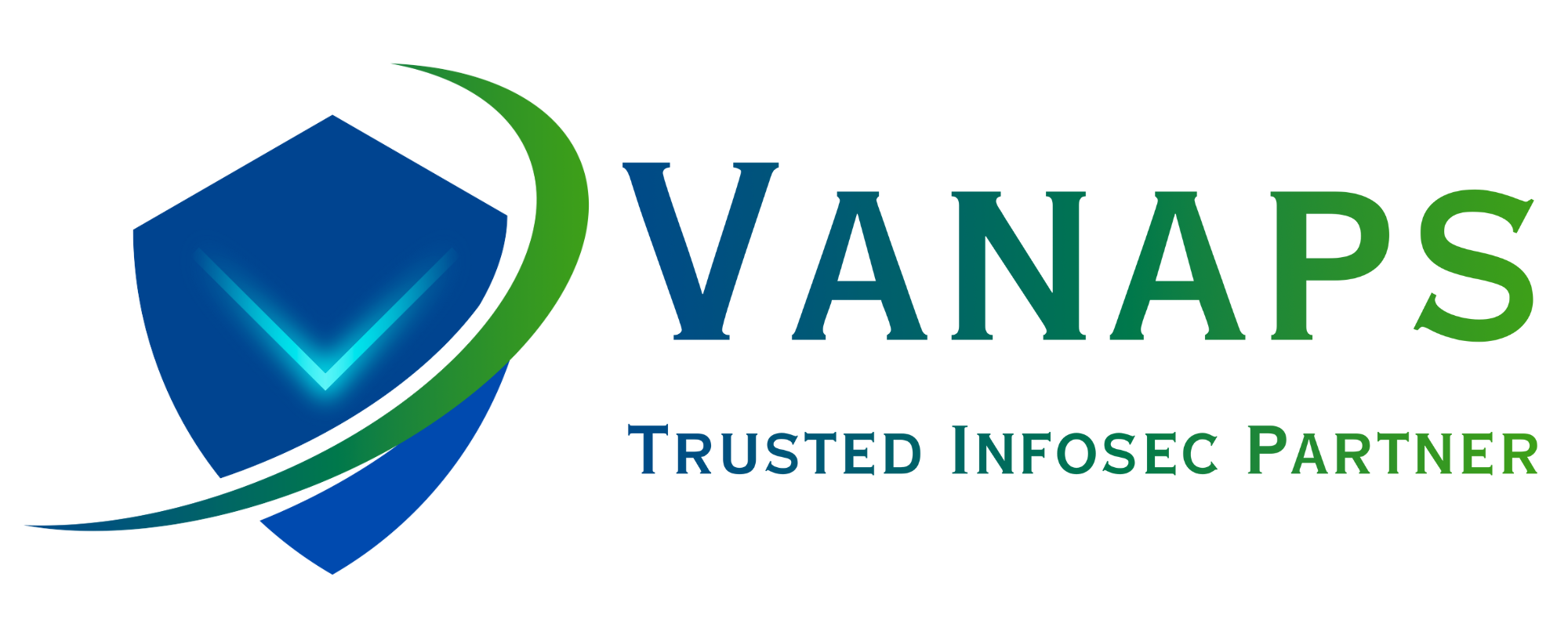In an increasingly interconnected digital world, cybersecurity is no longer a luxury—it’s a necessity. As cyber threats escalate and data privacy regulations tighten, businesses must ensure not only the security of their systems but also compliance with recognised standards. Failing to meet compliance requirements can result in legal penalties, reputational damage, and financial loss.
This guide explores the essential cybersecurity certifications that businesses must comply with, how these standards strengthen security posture, and the steps necessary to achieve and maintain compliance.
Essential Cybersecurity Certifications Businesses Must Comply With
- ISO/IEC 27001
ISO 27001 is the international standard for information security management systems (ISMS). It provides a framework for managing sensitive data securely and helps organisations identify, manage, and reduce information security risks.
Key Highlights:
- Risk-based approach to information security
- Includes policies for access control, incident response, and data classification
- Globally recognised, making it ideal for businesses operating internationally
- GDPR (General Data Protection Regulation)
Applicable to any organisation handling the personal data of EU citizens, GDPR is one of the most stringent privacy regulations in the world. It enforces strict guidelines on data collection, processing, storage, and transfer.
Key Highlights:
- Requires clear consent for data collection
- Mandates breach notification within 72 hours
- Grants users rights over their personal data (e.g., access, correction, deletion)
- PCI DSS (Payment Card Industry Data Security Standard)
This certification is mandatory for any organisation that processes, stores, or transmits credit card information. PCI DSS aims to protect cardholder data from theft and fraud.
Key Highlights:
- Requires encryption of cardholder data
- Mandates regular security testing and monitoring
- Applies to merchants, service providers, and financial institutions
- HIPAA (Health Insurance Portability and Accountability Act)
HIPAA applies to healthcare providers and any organisation that handles protected health information (PHI) in the U.S. It ensures the confidentiality, integrity, and availability of health data.
Key Highlights:
- Requires administrative, physical, and technical safeguards
- Enforces employee training and breach notification protocols
- Non-compliance can lead to heavy fines
- SOC 2 (System and Organization Controls)
SOC 2 is relevant for service providers storing customer data in the cloud. It focuses on five trust service principles: security, availability, processing integrity, confidentiality, and privacy.
Key Highlights:
- Customisable to specific business needs
- Requires third-party audits
- Builds trust with customers and stakeholders
How Compliance Strengthens Cybersecurity and Reduces Risks
Achieving compliance with recognised cybersecurity standards does more than tick regulatory boxes—it builds a strong, proactive defence against threats.
- Structured Security Practices
Certifications enforce a framework of security policies, procedures, and controls. This structure ensures that businesses are consistently applying best practices to protect data and systems.
- Risk Identification and Mitigation
Compliance standards often require regular risk assessments. These evaluations help identify vulnerabilities and implement corrective actions before breaches occur.
- Enhanced Customer Trust
Being compliant demonstrates a commitment to data protection, enhancing your reputation and giving clients peace of mind.
- Reduced Legal and Financial Exposure
By following established guidelines, organisations reduce the risk of penalties from regulatory bodies and the financial fallout from data breaches.
- Competitive Advantage
Compliance can be a market differentiator, especially in industries where data protection is critical. It shows clients and partners that you prioritise security.
Steps to Achieve and Maintain Compliance
Compliance is an ongoing process, not a one-time checkbox. Here’s a practical roadmap to achieve and maintain it:
Step 1: Conduct a Compliance Assessment
Start with an internal audit or engage a third-party consultant to assess your current security posture against the desired standard(s).
Step 2: Identify Gaps and Define Scope
Pinpoint areas of non-compliance and define which systems, departments, or processes are in scope for certification.
Step 3: Develop Policies and Procedures
Draft and implement security policies, controls, and procedures tailored to the requirements of the certification.
Step 4: Employee Training and Awareness
Educate staff on compliance protocols and data protection responsibilities. Human error is a leading cause of breaches, making awareness critical.
Step 5: Implement Technical Controls
Apply necessary technologies such as firewalls, encryption, access controls, and logging mechanisms to secure systems.
Step 6: Perform Regular Audits and Reviews
Conduct routine internal audits to ensure ongoing compliance. Use findings to improve your security posture.
Step 7: Prepare for Certification Audit
Once compliant internally, schedule an external audit (if applicable). Be prepared with documentation, logs, and evidence of implemented controls.
Step 8: Maintain and Update Continuously
Regulations evolve, and so should your compliance measures. Stay informed and adapt your policies as needed.
Conclusion
In a landscape dominated by cyber threats and regulatory pressures, compliance is both a shield and a strategy. From ISO 27001 to GDPR, PCI DSS, and HIPAA, these certifications guide organisations toward better security hygiene and resilience. Achieving compliance not only helps avoid penalties but also instils trust, enhances credibility, and creates a safer digital ecosystem.
By embedding compliance into your business operations, you don’t just follow rules—you set a new standard for cybersecurity excellence.



